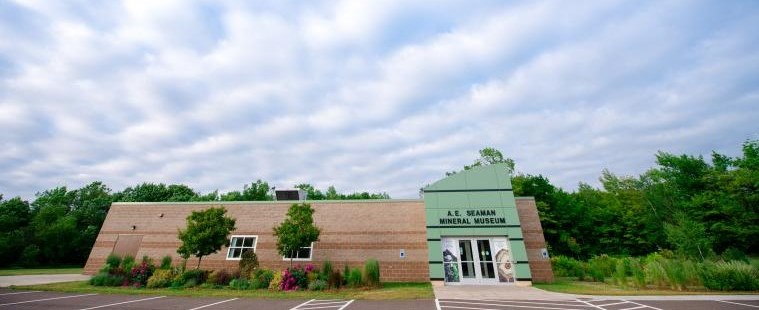Hydrothermal native copper in ocean island alkali basalt from the Mineoka belt, Boso Peninsula, Japan
Document Type
Article
Publication Date
5-2016
Abstract
Native copper grains are found in aphyric amygdaloidal basalt of early Miocene age (ca. 20 Ma) in the southern Mineoka belt of Boso Peninsula, central Japan. The native copper was precipitated in the amygdules or veins along with calcite and analcime. The temperature of precipitation and salinity of the fluids related to the native copper are approximately 133° to 183°C and 0.9 to 3.9 wt % as estimated by fluid inclusions trapped in the calcite containing grains of the native copper. The native copper is interpreted as related to low-temperature, reducing, alkaline hydrothermal fluids. A sulfur-poor environment is inferred by the lack of sulfur-bearing minerals. The host rock of the Mineoka native copper is alkali basalt of oceanic island affinity. Native copper is well known to occur in mid-ocean ridge, island arc, oceanic island tholeiitic basalts, and continental tholeiitic basalt, but this is the first detailed description of an occurrence in ocean island alkali basalt.
Publication Title
Economic Geology
Recommended Citation
Ikehata, K.,
Choda, K.,
Tsunogae, T.,
&
Bornhorst, T. J.
(2016).
Hydrothermal native copper in ocean island alkali basalt from the Mineoka belt, Boso Peninsula, Japan.
Economic Geology,
111(3), 783-794.
http://doi.org/10.2113/econgeo.111.3.783
Retrieved from: https://digitalcommons.mtu.edu/museum-p/3


Publisher's Statement
© 2016 Society of Economic Geologists.
Publisher's version of record: https://doi.org/10.2113/econgeo.111.3.783